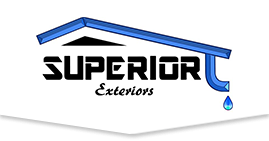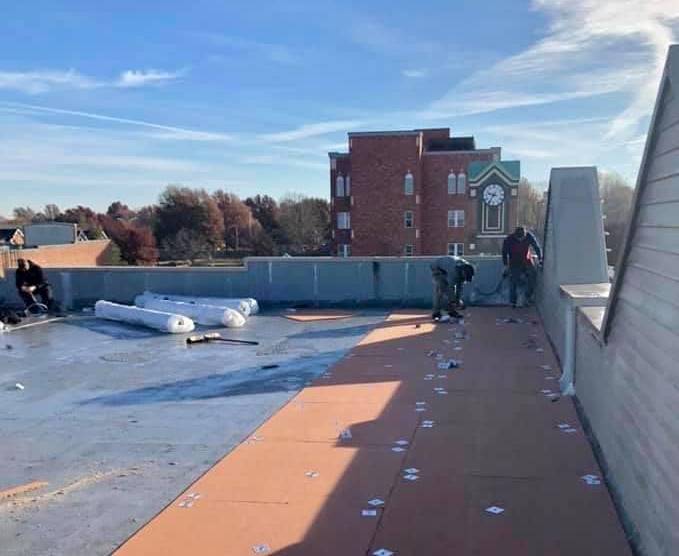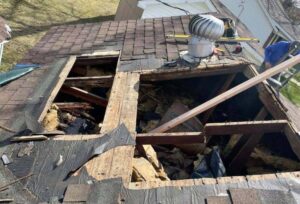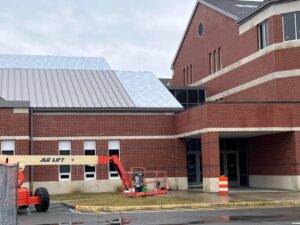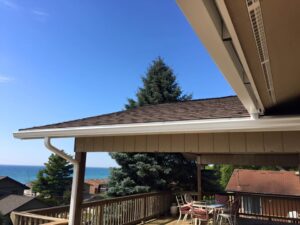The Pros and Cons of Having a Ballasted Roof
A ballasted roof is a type of roof that uses large, flat stones or slabs of concrete to provide stability and weight. This type of roof is often used on commercial buildings and can provide a number of benefits. A ballasted roof can be easier to install than a traditional roof, and it can provide better insulation and soundproofing. However, there are also some potential drawbacks to consider before deciding if a ballasted roof is right for your building.
A ballasted roof is a type of roofing system that uses weight to keep the roofing material in place. This can be done by using either gravel or sand as ballast. Ballasted roofs have been used for centuries, and they offer a number of advantages and disadvantages.
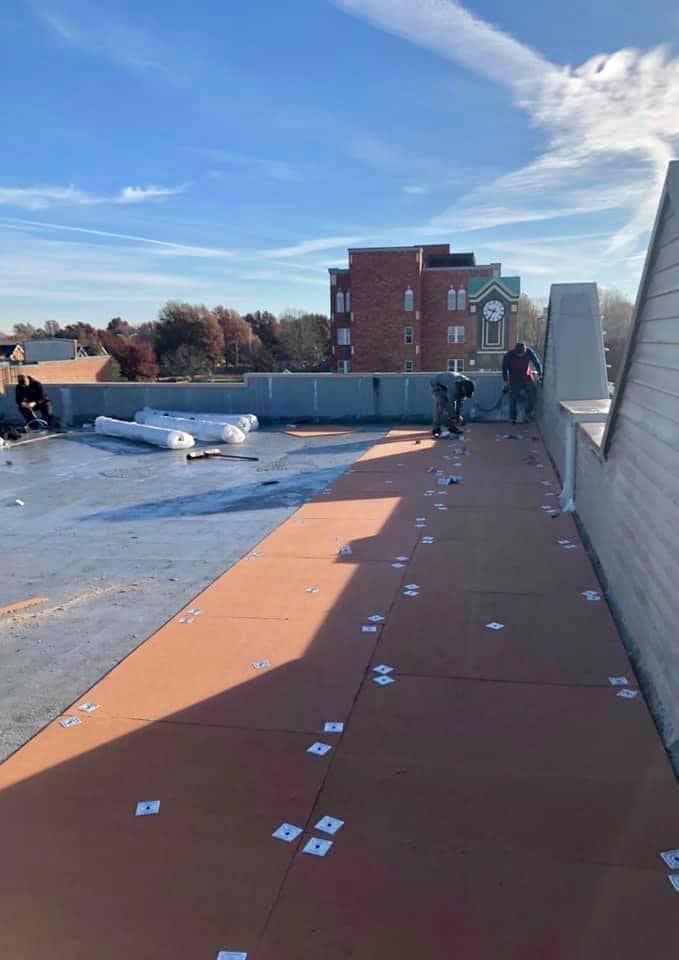
PROS:
- A ballasted roof can provide extra stability to a building, which can be important in areas with high winds or earthquakes.
- Ballasted roofs are usually easier to install than traditional roofs, since the weight of the ballast can help to hold the roofing material in place.
- Ballasted roofs can provide better insulation and soundproofing than traditional roofs, since the ballast helps to block out noise.
- Ballasted roofs can be made from recycled materials, which can be good for the environment.
- Ballasted roofs can last for many years with proper maintenance.
- Ballasted roofs can be adapted to any climate, since the ballast can help to regulate temperature.
- Ballasted roofs can be safer than traditional roofs, since the ballast can help to prevent fires from spreading.
CONS:
- The weight of the ballast can make it difficult to repair or replace a ballasted roof.
- If the ballast is not properly installed, it can shift and damage the roofing material.
- The ballast can hold heat in, which can make a building uncomfortably warm during hot weather.
- The ballast can also absorb water, which can lead to problems with mold and mildew.
- If the ballast is not properly maintained, it can become a breeding ground for pests.
- Ballasted roofs can be more expensive than traditional roofs, due to the cost of the materials and the labor required to install them.
- Some building codes do not allow for ballasted roofs, so it is important to check with your local code enforcement office before having one installed.
Before deciding whether or not to install a ballasted roof, it is important to weigh the pros and cons carefully. If you live in an area with high winds or earthquakes, or if you need extra insulation and soundproofing, a ballasted roof may be the right choice for your building. However, if you are concerned about the cost or the difficulty of repairing or replacing a ballasted roof, you may want to consider another type of roofing system.
Overall, a ballasted roof can be a good choice for a commercial building. However, there are some potential drawbacks to consider before making a decision. If you have any questions, be sure to consult with a licensed roofing contractor. If you are considering a ballasted roof for your building, it is important to have a professional roofing contractor install it. For more information about ballasted roofs, please contact us today.
https://www.google.com/maps?cid=4642085964654768550
